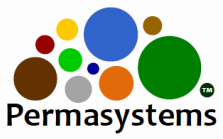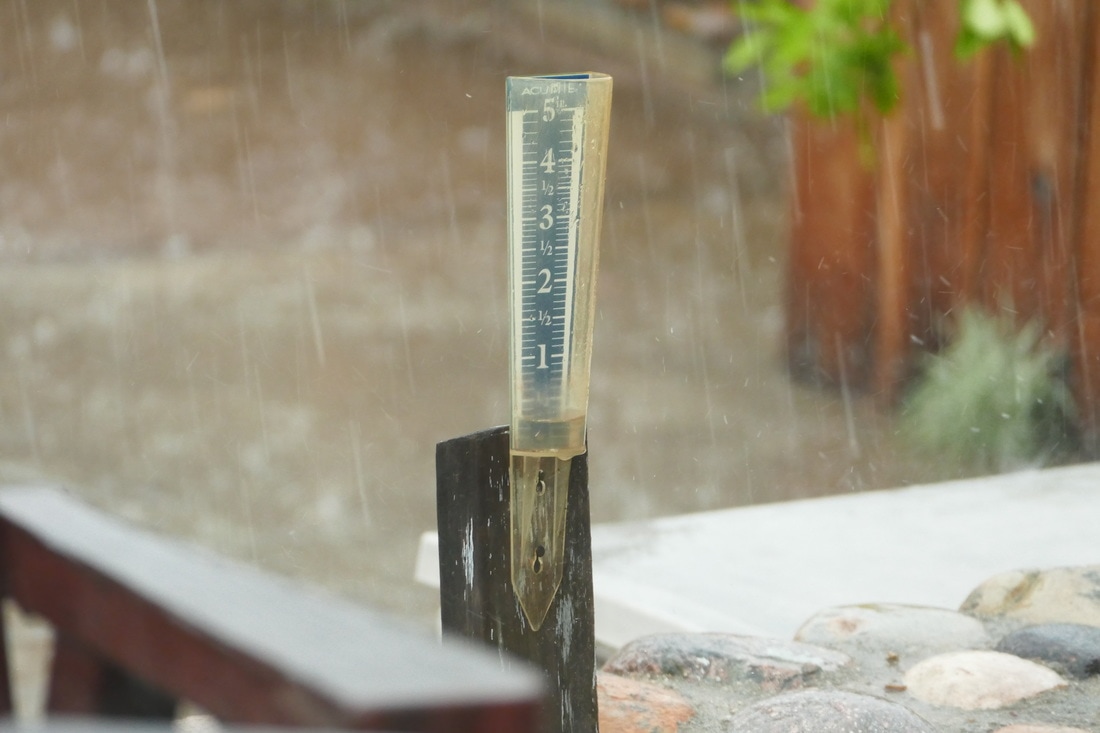It is easy to guess how much it rains, maybe you look at a bucket or puddle but to really know you must use some kind of proper gauge, like the one above.
It is important to measure rainfall to calculate your supply when trying grow plants, manage stormwater or prepare for years of flood or drought. After all, if you don't know how much you're getting, how can you prepare for the future?
The easiest way is to buy a gauge. The AcuRite 00850A2 5-Inch Capacity Easy-Read Magnifying Rain Gauge is less than $4 on Amazon (click item for link). Then, take the gauge and place it (often mounted to a wooden post) at a level that is easy to read. Be sure the gauge is not near any buildings or trees because wind can push the rain to fall at an angle and be blocked by an object which might give you a bad reading on your new gauge. I like to put out two gauges in different places and compare them - but I realize that is pretty nerdy!
Professionals that measure rainfall sometimes argue about this. Two years ago, after using the so-called rain year - July to June - for more than 130 years to measure precipitation totals, National Weather Service stations in Southern California started using the "hydrological year" - October to September. Why does it matter?
In order calculate an accurate and comparable average, the beginning and end of the "year" that is used should be outside of the rainy season or after a normal break in a rain season. For example, the calendar year begins and ends right in winter, when a lot of places get a significant portion of their precipitation - this makes it often a bad time to start record keeping.
It can be tough because different places in the country have breaks in the rain at different times so it's hard to have just one type of "rain" year to easily be comparable. Luckily this problem is pretty easy to fix - every weather service station nationwide produces two rainfall totals: one based on the calendar year and a second based on local preferences. The big question is when should your local area make it's rain "year"?
So far, this "year" in Ramona we have received higher than average rainfall, like much of California has. A nice change from some recent lower than average years. As we go from extreme years of drought to extreme years in flooding, knowing how much rain we get allows us to properly prepare our rainwater harvesting systems, whether they be active or passive systems, for the future. This reduces the chance of problems or system failures allowing maintenance to be minimal and us to sit back and relax whether the weather is bone dry or soaking wet. Remember to design with the future in mind!
Resources:
U.S. Climate Data - http://www.usclimatedata.com/ - rainfall totals and graphs by city.
Like our Facebook page to be notified when new blog posts come out.
Click to be directed to our Facebook page




 RSS Feed
RSS Feed